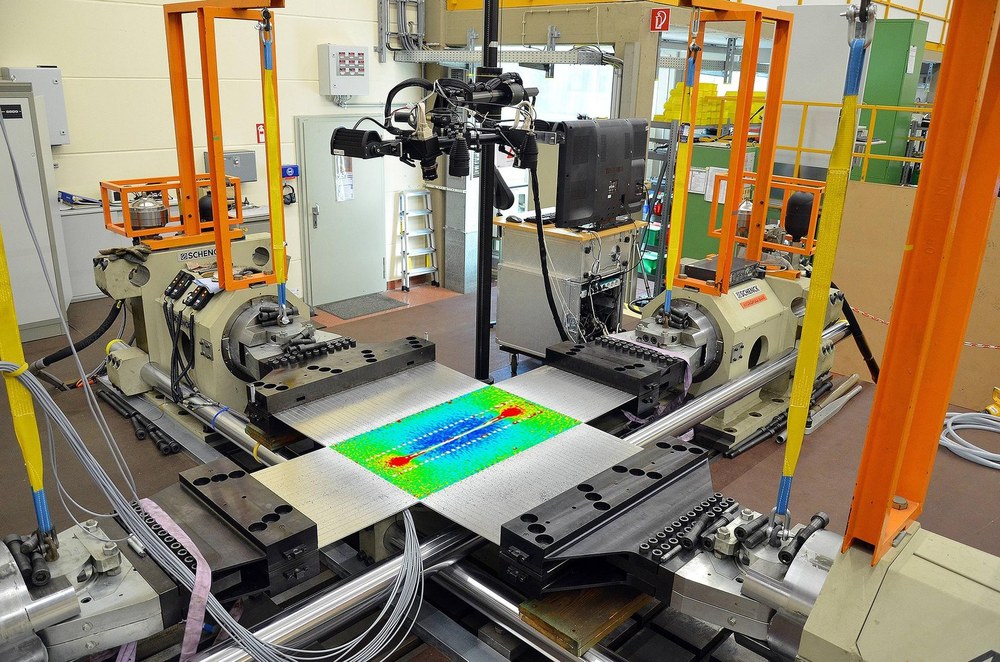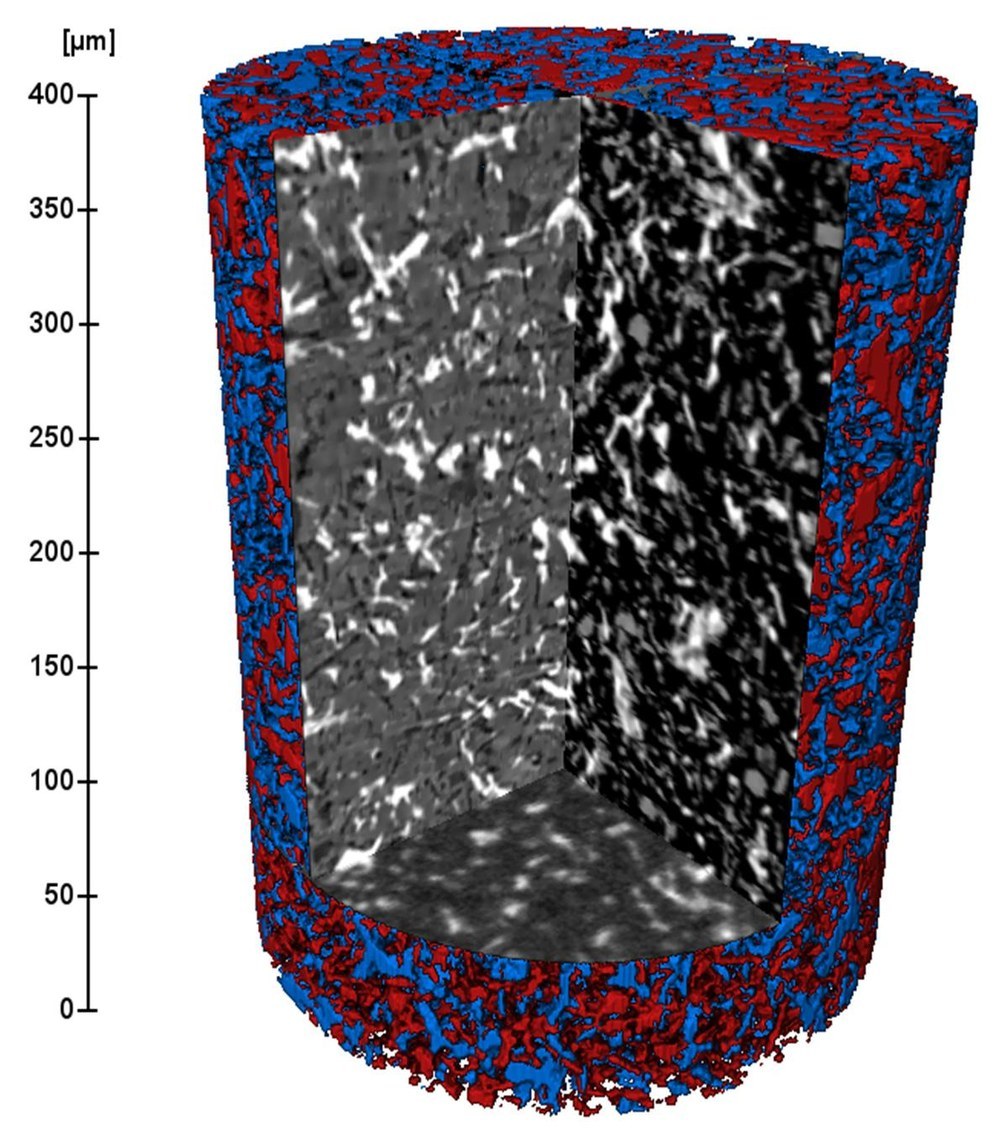AI improves the safety and efficiency of aircraft design


- Improving our understanding of material properties makes it possible to predict the load capacity and service life of aircraft more accurately, saving time and costs associated with aircraft construction.
- A more efficient use of materials in aircraft where they are actually needed helps conserve natural resources.
- Artificial intelligence methods enable more accurate predictive models.
- Focus: aeronautics, digitalisation, sustainability, artificial intelligence
Metallic materials are an essential part of the structure of modern commercial aircraft. Detailed expert knowledge is essential for understanding the behaviour of these materials in routine and demanding flight operations as well as for the design of safer and more efficient aircraft in the future. Researchers at the German Aerospace Center (Deutsches Zentrum für Luft- und Raumfahrt; DLR) are using artificial intelligence methods to study metallic materials at the Institute of Materials Research.
"Understanding to what extent the properties of materials can be exploited enables us to more accurately predict and extend the service life of an aircraft," explains Eric Breitbarth, a researcher at the DLR Institute of Materials Research. "This increases safety and saves time and money. It also helps us ensure that materials are only used in the aircraft structure where they are actually needed. This helps us conserve natural resources and reduces the aircraft’s weight and fuel consumption."
AI methods enable more accurate predictive models
Digital image correlation and deep learning are two examples of methods used by DLR researchers in the Department of Metallic Structures and Hybrid Material Systems to develop new and more precise material and predictive models. Previous studies and results have demonstrated that the development times of these models can be shortened and that there is potential in the further development of digital methods to revolutionise testing and analysis, as well as the execution and evaluation of experiments. These digital methods will improve the ease and efficiency of the design process for future aircraft generations.
Digital image correlation facilitates experiment automation
In order to better understand the behaviour and limits of modern materials, researchers carry out extensive investigations and experimentation on everything from microstructures to individual components. As part of the process, they load components with the mechanical forces that they would experience during flight and observe the reaction using cameras. Digital image correlation is then used to superimpose a virtual image on the tested component. This makes it possible to see how high the stress on the material is. With the help of a specialised algorithm, digital image correlation is used to determine where local stresses are highest and thus where cracks can be expected to form in the material. The tip of a resulting crack is then photographed automatically using microscopes. These images are used to derive material properties. An intelligent evaluation algorithm has been developed to calculate the crack tip stress, which can be used to evaluate the cracks on a fundamental level. This method is used to develop new service life models for materials.
Deep Learning for material evaluation
In addition to the 2D and 3D image data produced using digital image correlation, the researchers must also study the microstructure of the stressed aircraft components. One of the ways this is done is using 3D computed tomography. This technique involved the creation of a virtual image of a material showing its different constituents elements, also known as phases. These images are traditionally valuated manually by researchers in a time-consuming process. Today, however, the first generation of trained deep-learning algorithms can do this work in a fraction of the time and be used to determine and evaluate the composition of the material. This is one way in which machine learning techniques, Convolutional Neural Networks (CNN) in particular, are being successfully used for pattern recognition and semantic image segmentation at the DLR Institute of Materials Research. This work assists the rapid development of lifetime models for materials and can enable researchers to draw new insights from the large amounts of data generated by computed tomography.
